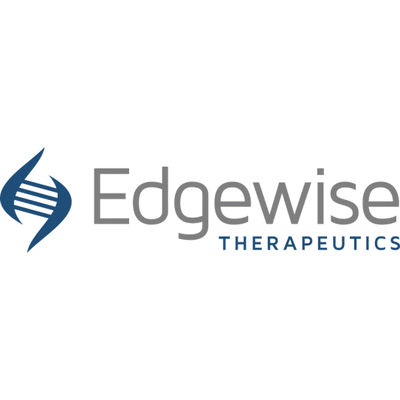Request Demo
Last update 08 May 2025
MYLPF
Last update 08 May 2025
Basic Info
Synonyms Fast skeletal myosin light chain 2, HSRLC, HUMMLC2B + [8] |
Introduction Myosin regulatory subunit that plays an essential role to maintain muscle integrity during early development (By similarity). Plays a role in muscle contraction (By similarity). |
Analysis
Perform a panoramic analysis of this field.
login
or

AI Agents Built for Biopharma Breakthroughs
Accelerate discovery. Empower decisions. Transform outcomes.
Get started for free today!
Accelerate Strategic R&D decision making with Synapse, PatSnap’s AI-powered Connected Innovation Intelligence Platform Built for Life Sciences Professionals.
Start your data trial now!
Synapse data is also accessible to external entities via APIs or data packages. Empower better decisions with the latest in pharmaceutical intelligence.
Bio
Bio Sequences Search & Analysis
Sign up for free
Chemical
Chemical Structures Search & Analysis
Sign up for free
